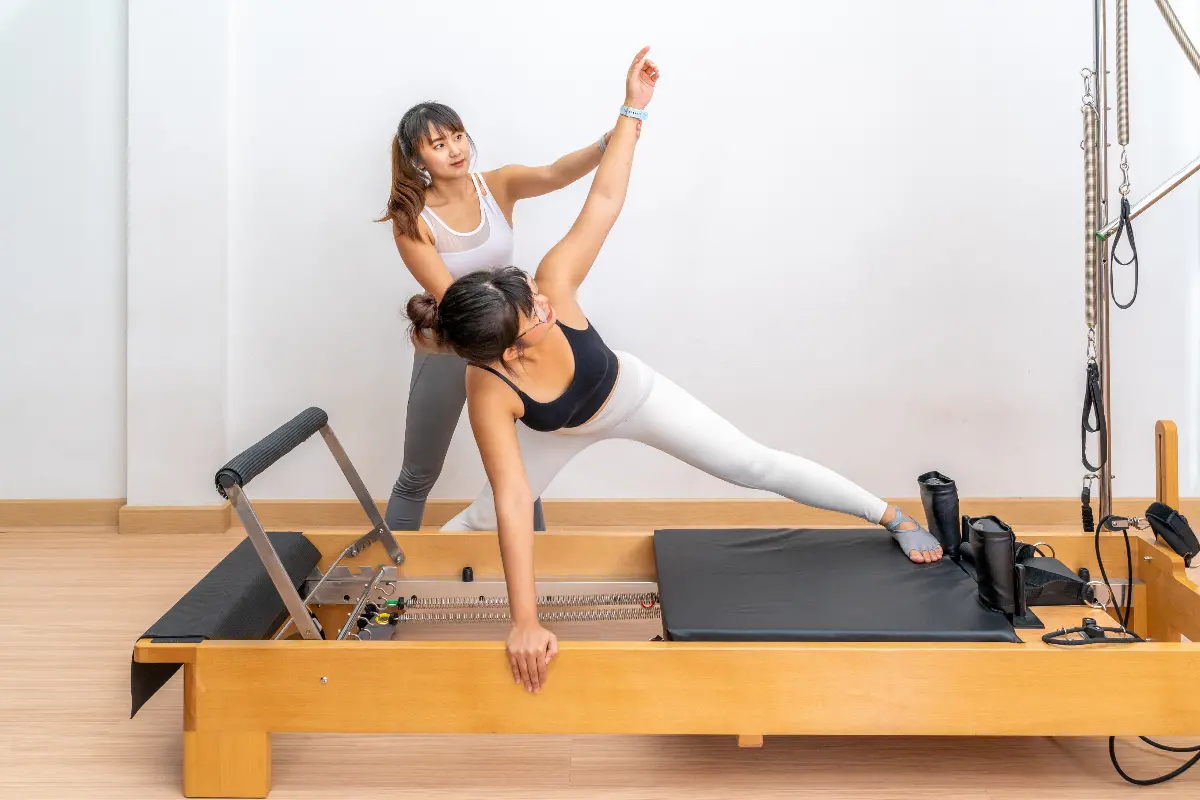Pilates has become synonymous with core strength, flexibility, and mindful movement. This revolutionary fitness practice dates back to the early 20th century, when its founder, Joseph Pilates, introduced it as a form of rehabilitation for injured soldiers of World War I. Today, Pilates has grown into a mainstream fitness staple, championed by athletes, celebrities, and fitness enthusiasts alike for its unparalleled approach to improving overall physical well-being.

One of the most intriguing facts about Pilates is its focus on the ‘powerhouse’ or ‘core’. The core is not just about the abdominals; it encompasses the entire region of the body that includes the lower back, hips, buttocks, and inner thighs. Pilates exercises are designed to strengthen these areas, promoting stability and balance, which can alleviate lower back pain and improve posture, immensely benefiting those with desk jobs or those who lead sedentary lifestyles.
Among the key principles of Pilates is the concept of control. Joseph Pilates called his method "contrology," emphasising precision and control in each movement. This mindfulness in execution helps practitioners become more attuned to their bodies, enhancing body awareness while also reducing the risk of injury. Furthermore, this control extends beyond the mat, encouraging individuals to lead more disciplined and focused lives.
Breath is another cornerstone of Pilates, intricately connected with movement. Deep and coordinated breathing not only oxygenates the muscles, promoting more efficient movement, but also triggers relaxation and stress reduction. The specific breathing techniques taught in Pilates aid in engaging the deep abdominal muscles, thus further amplifying core strength.
Pilates is also incredibly versatile. It can be practiced with simple mats or with a range of specialised equipment such as the Reformer, Cadillac, Wunda Chair, and Barrels, each designed to add resistance, challenge stability, or assist in the execution of movements. This versatility makes Pilates accessible for individuals at varying levels of fitness, from beginners to elite athletes seeking to enhance their performance.

Moreover, Pilates has a substantial rehabilitative component. It is often used as a tool for injury recovery and prevention due to its low-impact nature and the focus on controlled, precise movements. Pilates aligns the body, improves joint mobility, and consequently, reduces the chances of future injuries, providing a safe exercise alternative for all ages and abilities.
One of the biggest strengths of Pilates lies in its adaptability to complement other forms of exercise. Runners, cyclists, and swimmers find that incorporating Pilates into their training improves endurance, breathing, and efficiency. For individuals engaging in strength training, Pilates offers a much-needed emphasis on flexibility and recovery, enhancing muscular balance and reducing the risk of overtraining specific muscle groups.
Pilates is also a valuable tool for mental health. It requires concentration and attentiveness, which helps clear the mind and reduce anxiety. This concentration cultivates a mind-body connection that serves as a form of moving meditation, contributing to better mental focus, clarity, and enhanced cognitive function.
For those interested in experiencing the benefits of Pilates firsthand, it is advisable to start with a certified instructor who can guide you through the basics and ensure you perform exercises with correct form. Once the basic techniques have been mastered, individuals can confidently progress to more advanced levels or even practice Pilates at home.
In conclusion, Pilates is more than just a workout routine; it is a comprehensive approach to fitness and health that can profoundly affect one's physical and mental well-being. From its focus on the core and control to its attention to breath and precision, Pilates offers a full-body workout that strengthens and tones while simultaneously calming the mind. Whether seeking rehabilitation, better physical fitness, or mental serenity, Pilates is an accessible and effective practice that continues to rise in popularity as more people discover its power to transform the body and mind.
